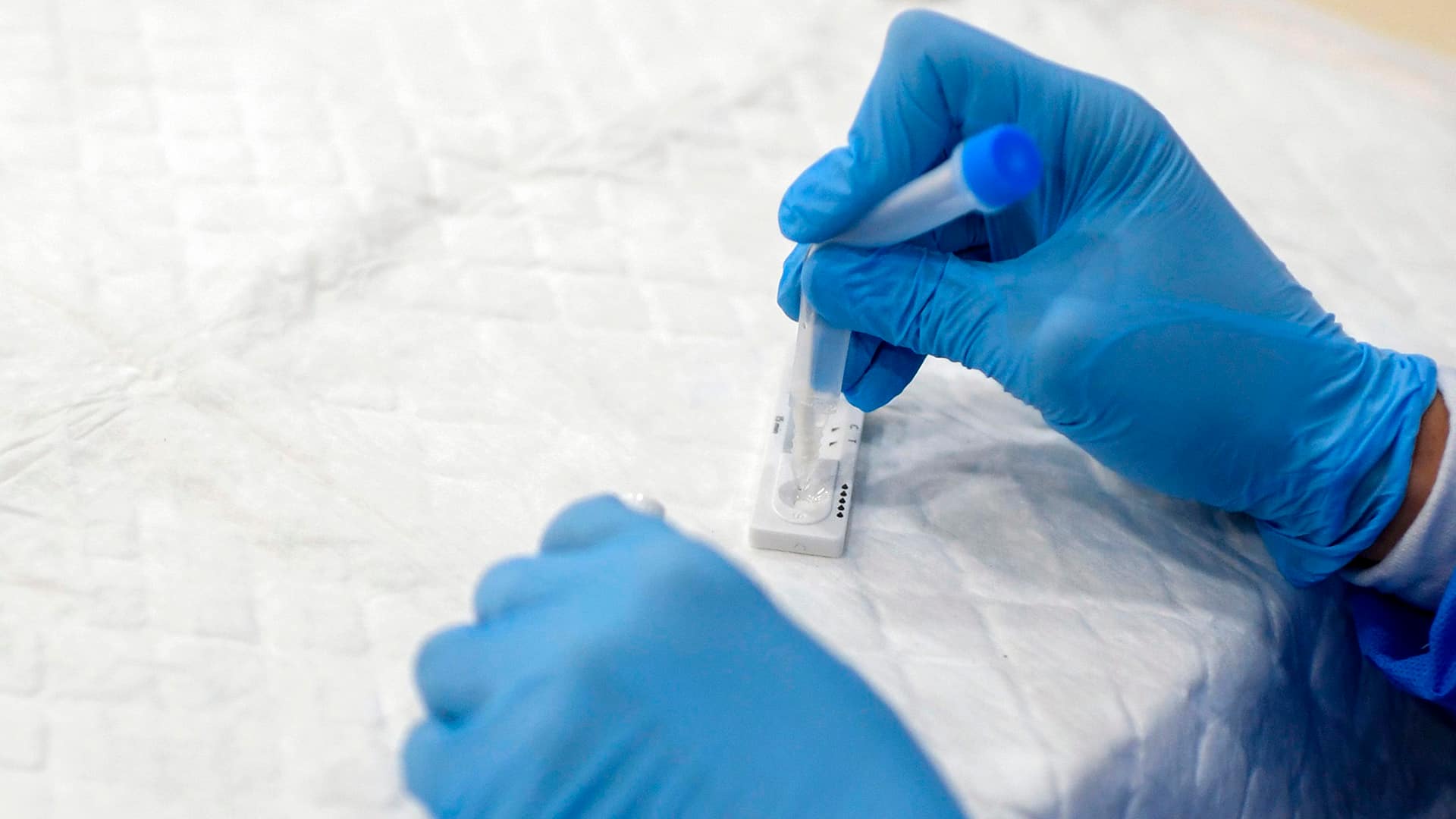

They can typically accommodate walk-up testing, though some also offer drive-thru testing.

to 4 p.m.ĬDPH is also operating multiple mobile testing sites that change location around the city on a weekly basis.

Testing is available at Midway Airport on Tuesday and Thursday from 12 p.m.-6 p.m. at:ĭrive-thru and walk-up testing is available Monday, Wednesday and Friday from 10 a.m. The City of Chicago announced a citywide eligibility expansion for residents to get tested for COVID-19 at City-run testing sites and is encouraging anyone who has had a recent high-risk exposure to be tested.įour static sites run by CDPH provide drive-thru and walk up testing for anyone with symptoms, who had a high risk exposure, or for healthcare workers and first responders.ĭrive-thru and walk-up testing is available Monday to Friday from 10 a.m. 4 p.m., while daily supplies lastįor more information, visit IDPH's website. A third site opened April 22 in Aurora and a fourth opened on April 24 in Rockford.Įleven community-based testing sites are open seven days a week to test anyone, regardless of symptoms or doctor's referrals.Īurora: 8 a.m. An additional facility opened on April 14 in Markham. The first to open was on Chicago's Northwest Side in a former emissions testing facility. The state of Illinois is operating several drive-thru COVID-19 testing facilities in the Chicago area, in downstate Bloomington and in Rockford. RELATED: Latest news and updates on Illinois coronavirus cases, Chicago area impact IDPH COVID-19 testing at drive-through and community-based facilities Get tested again if symptoms appear.Testing is key to controlling the coronavirus pandemic, so what's it like to get a COVID-19 test?ĬHICAGO (WLS) - Public coronavirus testing in Illinois is now available to anyone at 11 locations, while those with symptoms or doctor's referrals can tested at many other public and private sites. If you do not have symptoms and have not been exposed to the virus that causes COVID-19, continue to take steps to protect yourself and others, including monitoring for symptoms.If you do not have symptoms, but were exposed to the virus that causes COVID-19, you should continue to take recommended steps after exposure.Contact a healthcare provider if you have any questions about your test result or if your symptoms worsen.Take everyday preventive actions to prevent spreading an illness to others.For many diseases, including flu, early diagnosis and prompt treatment is important for preventing severe illness. You may have another viral infection or illness that you need to get tested for.You may have COVID-19, but tested before the virus was detectable.Self-tests, along with vaccination and prevention actions, can help you protect yourself and others.Ī negative COVID-19 test means the test did not detect the virus, but this doesn’t rule out that you could have an infection.You may get a PCR test as an alternative to repeat testing.Self-tests are more likely to detect the virus if you have symptoms. Take a third test, 48 hours after the second, if the second test was negative and you don’t have symptoms. FDA recommends people who get an initial negative result on an antigen test, take at least one more test 48 hours later.Although self-tests are usually faster, they are not as good at detecting the virus as PCR tests, meaning you might get a false negative result.These are different from laboratory-based PCR tests or self-collected samples that are sent to a laboratory these may take days to return your result. They give you results in 10-15 minutes and are usually antigen tests.Self-tests detect current infection and are sometimes also called “home tests,” “at-home tests,” or “over-the-counter (OTC) tests.”.Self-tests for COVID-19 give rapid results and can be taken anywhere.


 0 kommentar(er)
0 kommentar(er)
